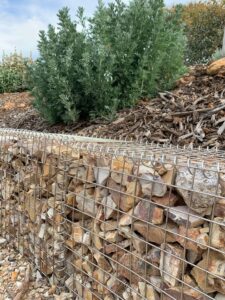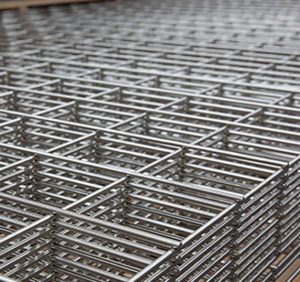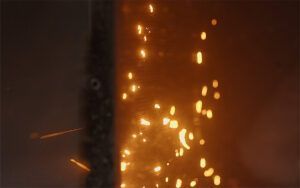Our Comprehensive Overview of Gabion Mesh Australian Standards and Design
Here in Australia, we don’t have a specific standard dedicated to gabions. Their design and application are guided by broader industry-wide standards and best practices, ensuring their effectiveness and longevity.
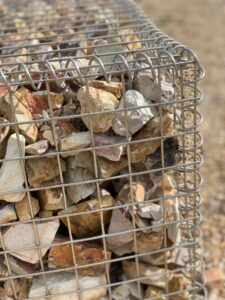
Gabions as Retaining Structures
Around Australia, professionals designing and implementing gabion mesh retaining structures commonly adhere to the AS 4678 – Earth Retaining Structures. This standard guides the engineering and construction of structures intended to withstand lateral earth pressures.
While AS 4678 is extensive in its coverage of earth-retaining structures, it does not specify any details towards the design of gabions. However, it outlines the performance requirements these structures must meet depending on their intended application. This ensures that irrespective of the specific design or material used, the structures are safe, durable, and effective in fulfilling their retaining role.
Stainless Steel Grades Suitable for Gabions
SSWM offer several grades of stainless steel that are suitable for Gabions including:
- Grade 304: Advised for areas away from the coast where soil and groundwater salinity levels are low.
- Grade 316: Suitable for coastal areas or locations with moderate salinity levels in soil and groundwater.
- Grade 2205: The choice for environments with seawater immersion or high salinity levels.
These material recommendations align with the durability and design life expectations outlined in AS 4678, particularly in sections 3.4.2 (Design Life) and 3.5 (Durability and Performance Over Time), ensuring the long-term effectiveness of gabion structures.
Design Considerations for Gabions
Ensure Stability, Durability, and Aesthetics
When incorporating gabions into landscape or civil engineering projects, it’s essential to grasp the key design considerations to ensure their stability, durability, and aesthetic appeal.
Gabions are simple structures, yet they require thoughtful planning and attention to detail to ensure they work effectively for their intended lifetime.
Let’s dive into their design and what you’ll need to consider.
The Securing Mechanism of Gabions
The anchoring of a gabion prevents movement and structural compromise. Suitable methods include;
- using baseplates,
- ground anchors or
- even integrating gabions with existing structures.
Gabion Mesh
Gabion mesh is calclated by the distance between two adjacent parallel wires, measured from centre to centre of wires. The mesh must be carefully selected to balance the containment of backfill material, drainage capacity, and aesthetic considerations. A mesh that is too large could lead to material loss (rocks falling out!), while a mesh that is too small could create drainage issues and water pressure within the structures.
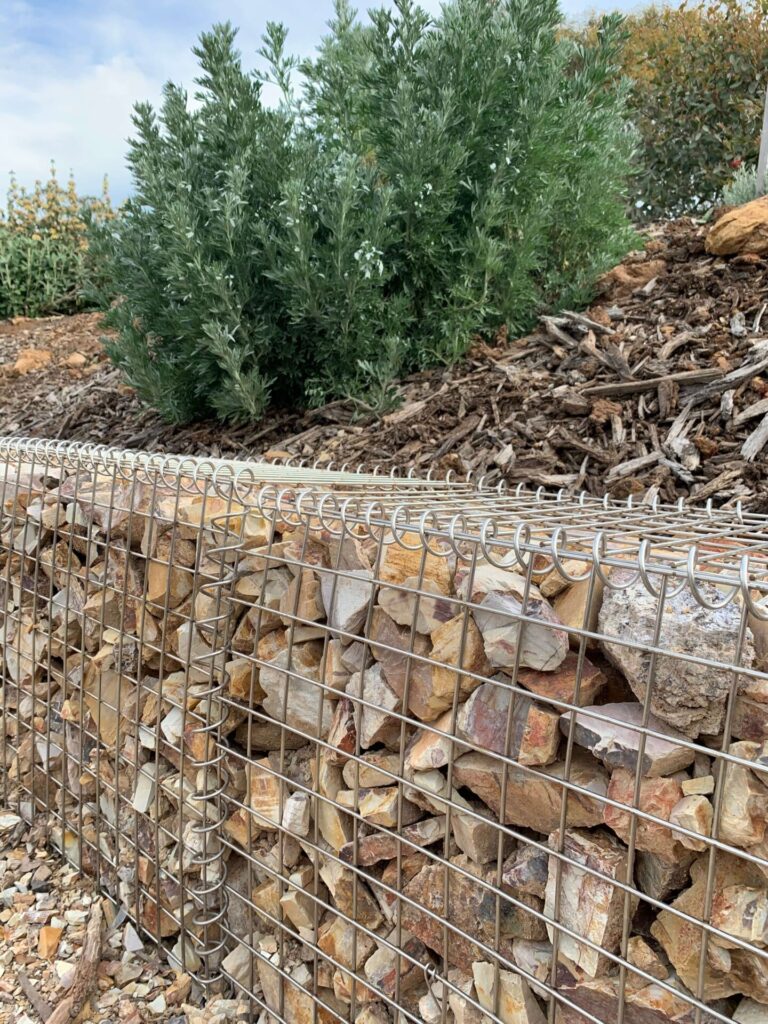
Structural Dimensions for Gabions
Please consult with your local council prior to building a retaining wall. Each state/territory has their own requirements for retaining wall heights before a permit is required, typically these are:
- Australian Capital Territory: 400mm
- Queensland: 1000mm
- New South Wales: 1000mm
- South Australia: 200mm
- Tasmania: 1000mm
- Victoria: 1000mm
- Western Australia: 500mm
The width-to-height ratio of gabions affects their stability. As a general rule, the width of the gabion should never exceed 1/3rd of the height. Adhering to recommended dimensions can prevent overturning and sliding under load. This is particularly important in retaining wall applications, where the forces exerted on the structure demand careful calculation and planning.
Gabion Drainage
Effective drainage is necessary to prevent water pressure from building up behind the gabion, which could lead to structural failure. The backfill must allow for drainage. And consider whether additional drainage solutions are required, to protect the structure from water damage and extends its lifespan.
Ground Anchors and Foundation
Ground anchors can provide additional stability in challenging terrain or for taller gabion structures, while a properly prepared foundation ensures a level and solid base. These elements maintain structural integrity of gabions, especially in areas prone to erosion or heavy rainfall.
Risk Management: Planning for Safety and Performance
Design considerations should include structural analysis to mitigate risks such as environmental impact, safety hazards, and property damage. By planning for these scenarios, designers can enhance the safety and performance of gabion structures and prevent failure
Margin for error is slim, and the consequences of it are significant. At SSWM, we understand that the foundation of any enduring gabion structure lies not only in its design but also in the quality of the materials used. Our commitment to providing top-tier, Australian Standard-compliant materials – from Grade 304 for low salinity environments to Grade 316 and 2205 for more demanding conditions – underscores our dedication to the success of your projects.
To speak to our team about Gabion Mesh for your next project, please get in touch. We’ll help your team get things done right.

